My husband (Blake) and I grew up in Atlanta, married young, went through medical school and PA school together, and almost 18 years later we are navigating the joyfully complex journey of raising our two young kids. It’s as exhausting and rewarding as they all say!
In our family, three out of four of us have skeletal dysplasia (or dwarfism.) Simply put, dwarfism is a bone and connective tissue disorder caused by a genetic change in DNA that affects the way bones and joints grow. I often explain to kids “our bones don’t grow as long”, which results in short stature. It can either be inherited, or occur spontaneously. In fact, 80% of people with dwarfism are born to average-height parents and have no family history or other family members with dwarfism. This is the case for both Blake and I.
There are over 400 types of dwarfism. Each type is variable, and like most conditions there’s further variability amongst individuals. Some types are obvious at birth, while others may not be diagnosed until age 2 or 3 when a child gradually falls off the growth chart and other skeletal differences become more apparent. Dwarfism affects each person differently, but joint problems and early osteoarthritis are common. Orthopedic surgeries are sometimes indicated.
Blake and I have different types of dwarfism, and our 7 year old son (Charlie) has the same type as Blake. Our 5 year old daughter (Elise) is average-height and already wears my shoe size and can fit my clothes 🤪
Undoubtedly, our unique life experiences have shaped our perspectives. I could write a book and share story after story about what it’s like living with dwarfism — and I’m an open book for any specific questions! But I think Elise is teaching us some of the most valuable lessons worth sharing.
When Elise was 4 years old, we were watching a show together. A short character came on the screen and Charlie asked, “is that a kid?” We answered, “yes!” Then Elise promptly asked, “how do you know it’s not a mommy?”
Her best friend’s mom recently told me a story that while her daughter was playing with dolls she overheard “I’m like Juli! I’m a small mommy!”
I believe these early exposures to differences are important, and they can shape life-long perspectives and beliefs. What these girls are telling us through their questions and imaginary play is that size is less relevant, and the possibilities are wider.
We know that experience shapes beliefs, and beliefs influence behaviors. What if we adjusted our experiences and engaged with more people who are different from us? How would that influence our beliefs, and in turn change our behaviors? That’s the root of what KIND of the Upstate is all about, really.
And that brings me to another point. When out in public, it’s common for young kids to stare or make comments. Parents often “shush” their child, or yank them into another aisle at the store. Please don’t! That communicates to them that something is wrong. Instead, use the opportunity to address their curiosity and bridge the gap by encouraging them to say “hi”, or ask the person’s name. It’s ok to be curious and have questions, as long as it’s done with kindness and respect. You can teach your child that differences are valuable, and in turn broaden their idea of possibilities.


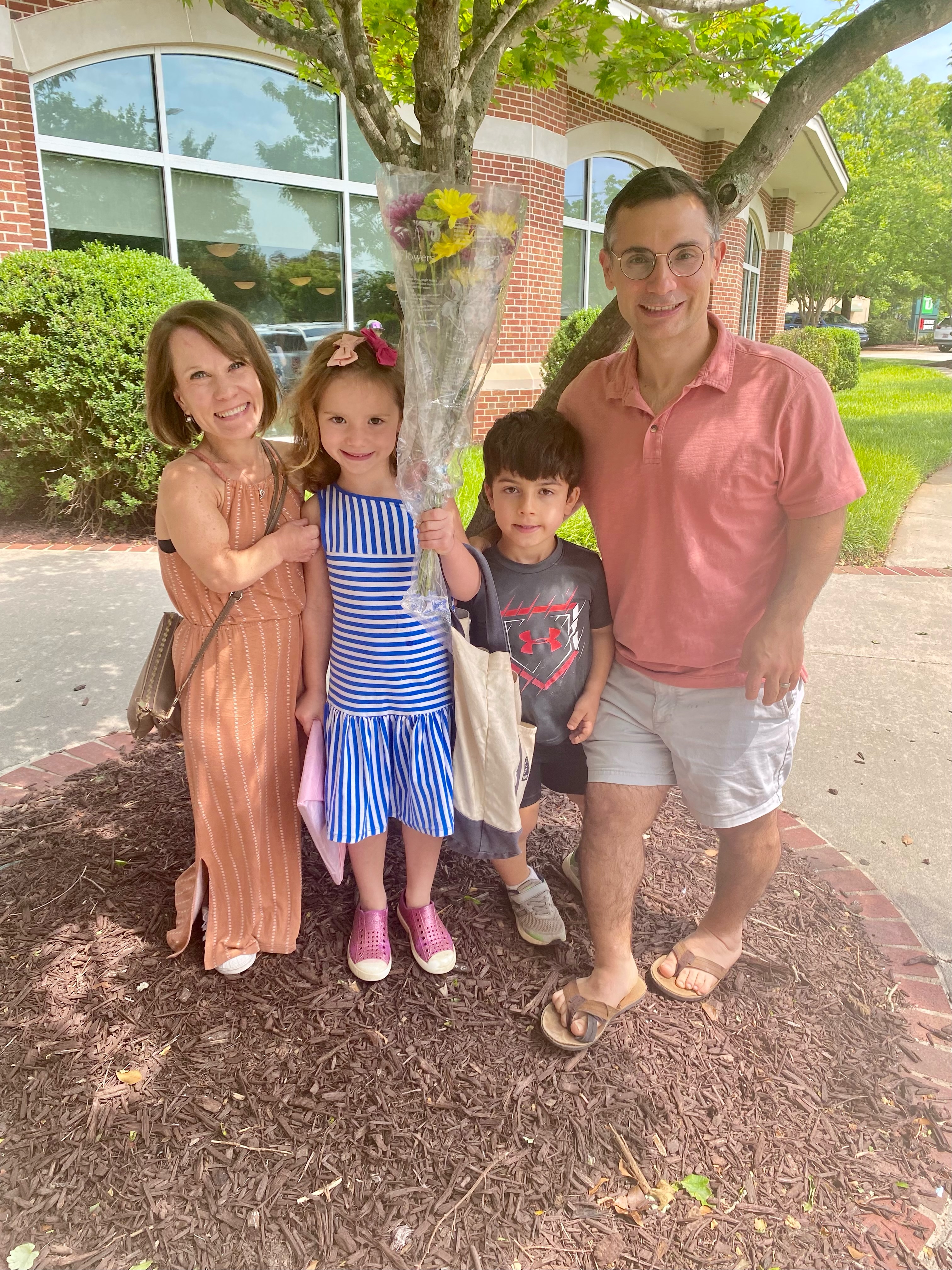
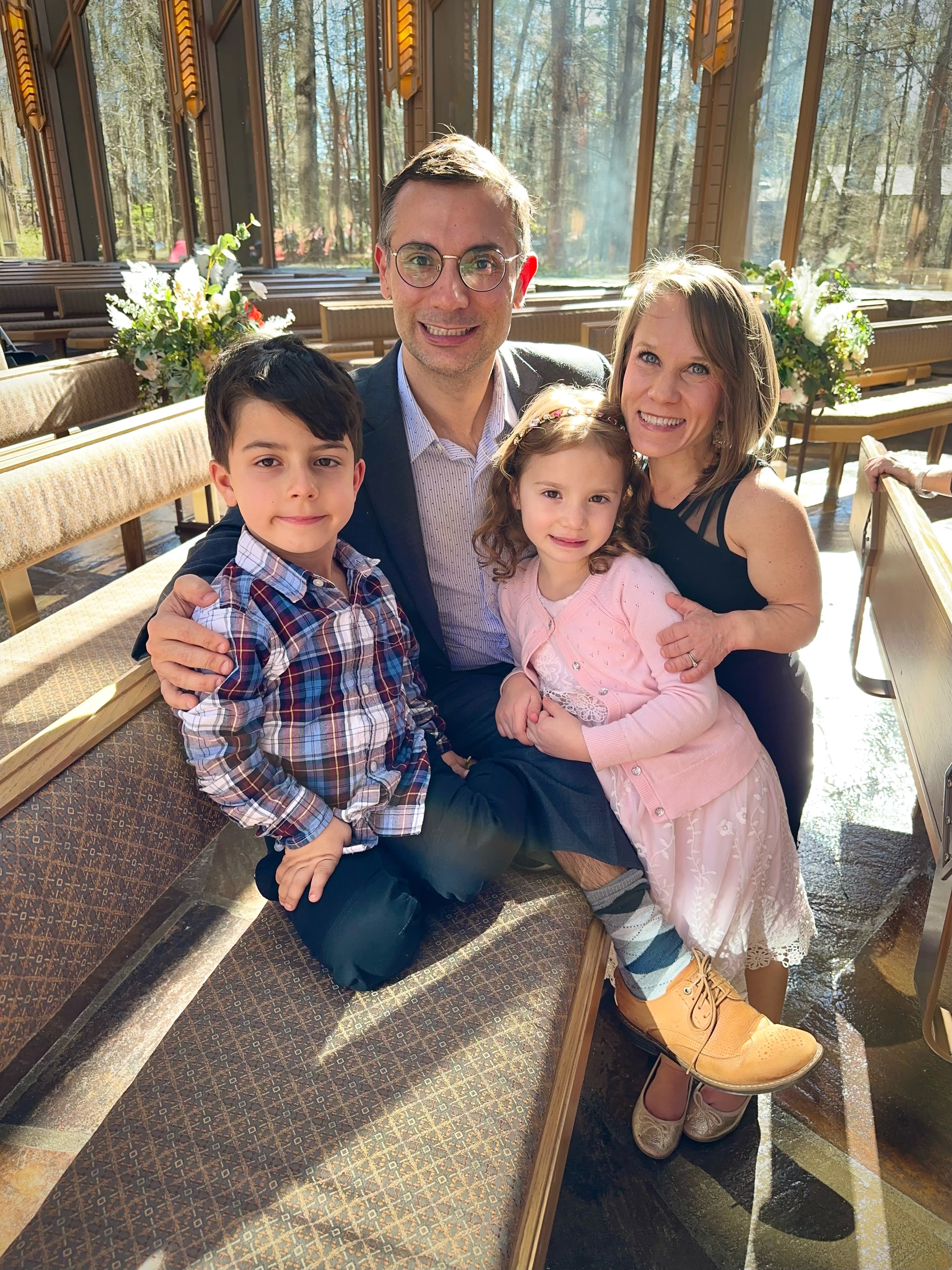


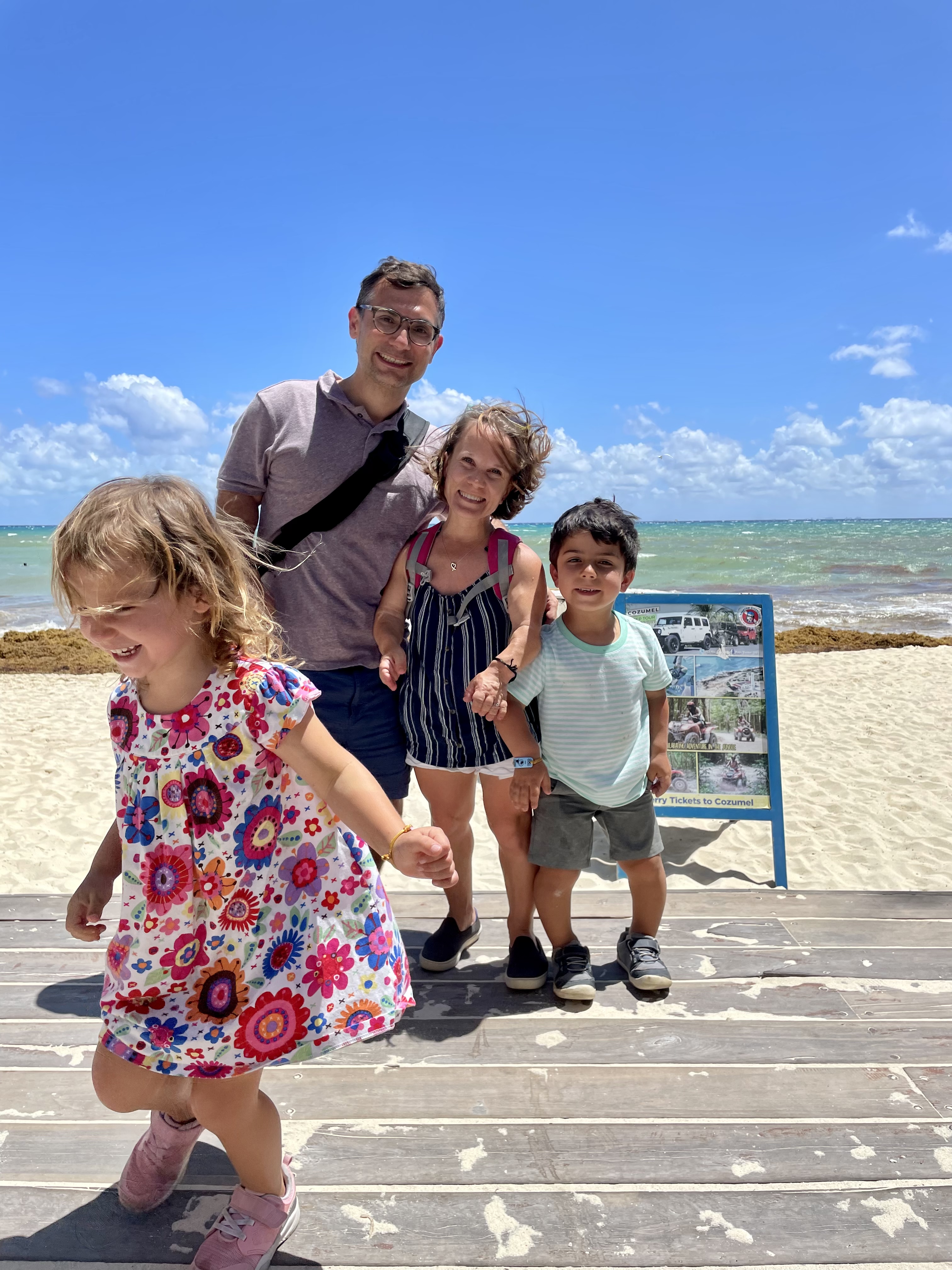
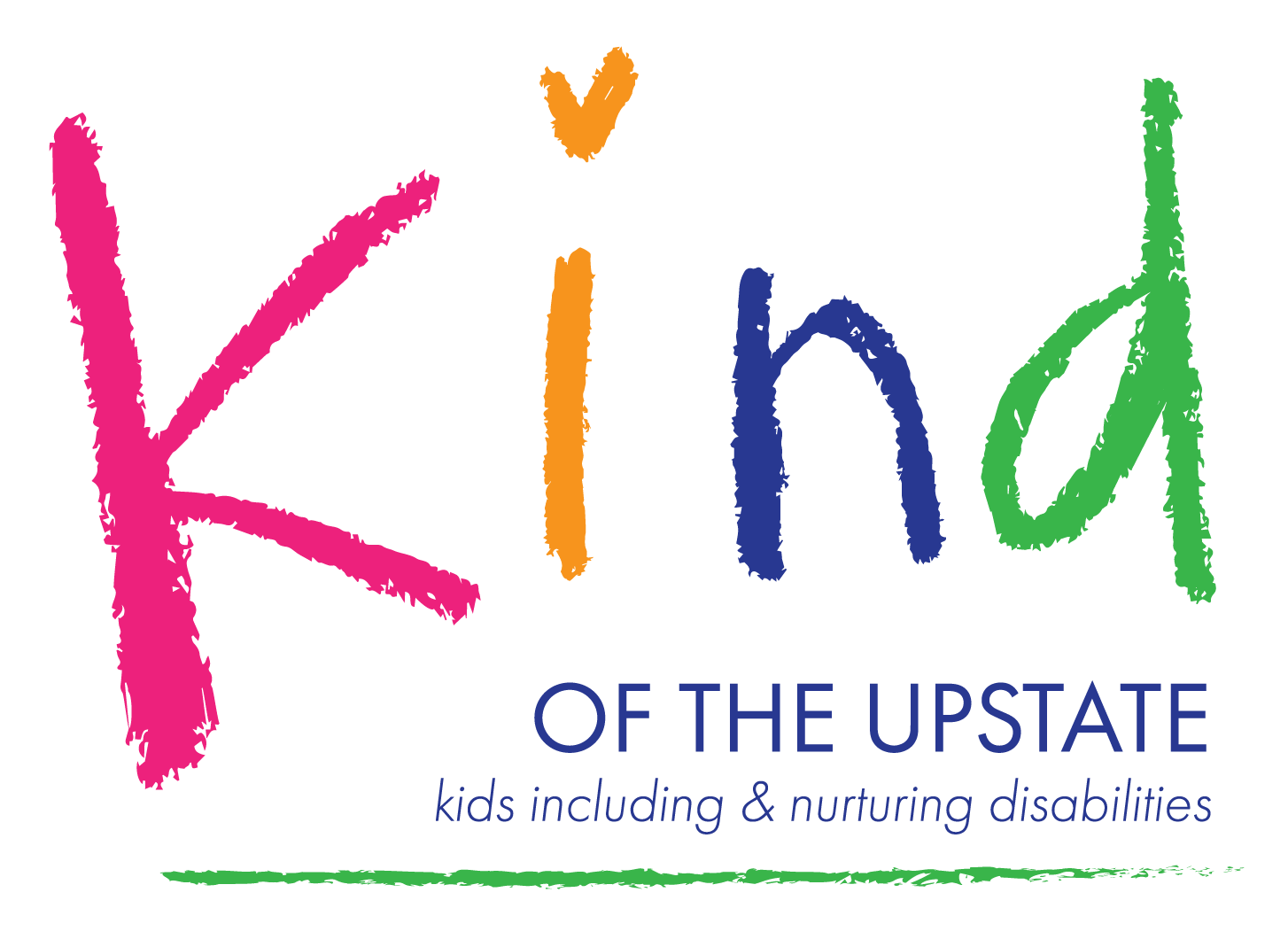
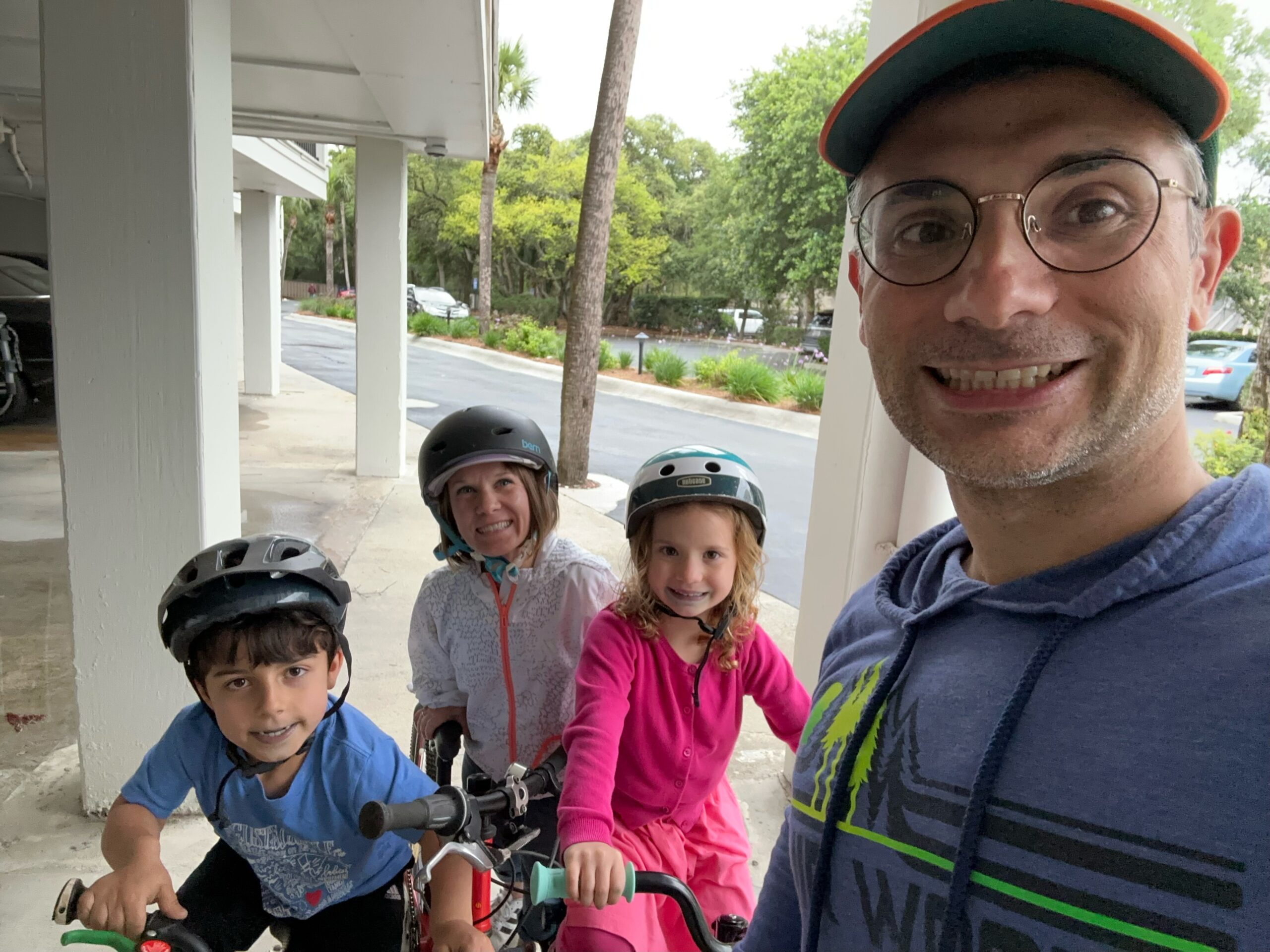
Recent Comments